
Sun Studio in Memphis: Known as ‘Birthplace of Rock ‘n’ Roll’
By Jackie Sheckler Finch
GoNOMAD Senior Writer

For a bit of musical trivia, when Johnny Cash recorded “Folsom Prison Blues” on July 30, 1955, he couldn’t afford a backup drummer.
Instead, Johnny Cash used what item to create that distinctive sound of a snare drum on his song?
If you know the answer, you might be a devoted Johnny Cash fan. Or you might have visited Sun Studio in Memphis where the up-and-coming singer once recorded, including his hit “Folsom Prison Blues.”
The answer?
“In those early days, Johnny Cash would slip a dollar bill between his guitar strings to dampen them, producing a soft, rhythmic sound instead of harmonic chords,” says Sun Studio guide Daniel, who picked up a guitar and demonstrated how the dollar bill worked.
Sun Studio is small so the number of people on a tour is kept to a minimum of about 25. While I waited for my tour, I saw a couple dozen visitors turned away because tours were already full. Be sure to get there early and know that you might have to wait.
Coffee and sodas are sold at the counter. Slide onto a stool monogrammed with the name of a musician who once recorded at Sun Studio. Took me a while to get a photo of one of the stools because always seemed like someone was sitting on them. A gift shop offers T-shirts, jackets, CDs, and other souvenirs. Picnic tables outside are a comfortable place to relax and wait.
A Wealth of Musical Memorabilia
For my Sun Studio tour, we climbed the narrow stairs to a cave-like room packed with musical memorabilia in wall-to-wall glass exhibit cases. Look for a Humes High School yearbook with a photo of young Elvis.
One exhibit houses original WHBQ radio station equipment, including the desk where disc jockey Dewey Phillips introduced Elvis to Memphis airwaves listeners. Dewey was the first to play Elvis’ first record and the first to interview the young singer on air.
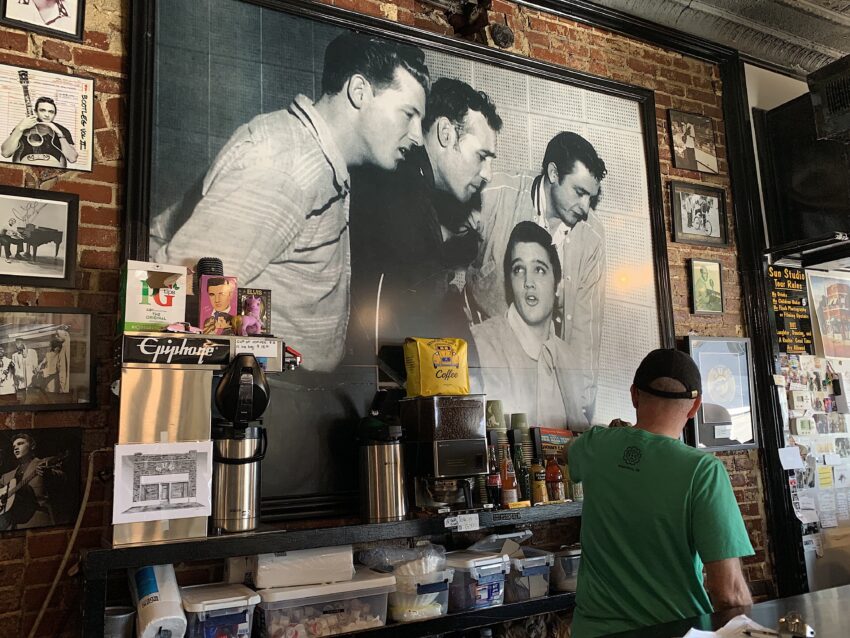
Dewey’s approval of a song was a major boost. If he didn’t like a song the first time he played it, Dewey would smash the record against the corner of his desk to show that he was never going to play it again. A broken record in the exhibit illustrates that.
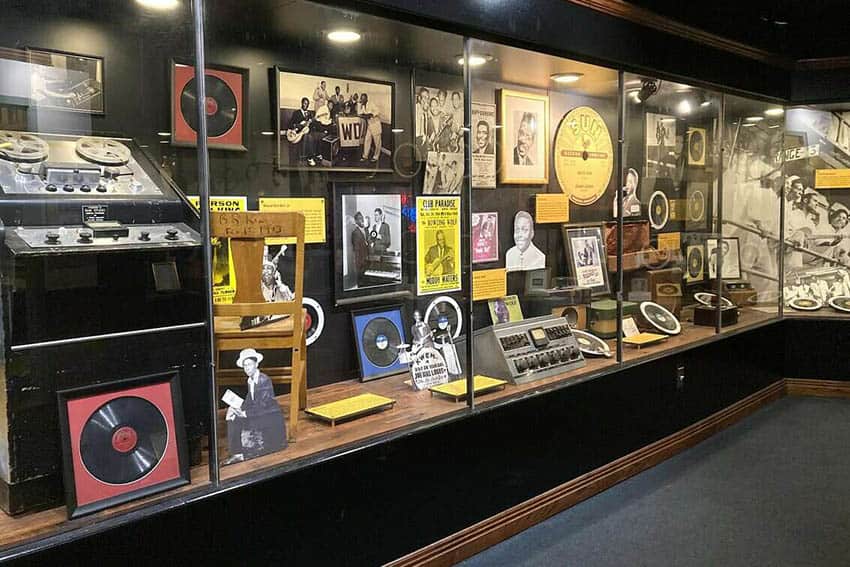
Then Daniel played a song by Jackie Brenson & His Delta Cats, including Ike Turner. While we listened, Daniel noted the unmistakable origins of rock ‘n’ roll. What happened, Daniel says, was that back in March 5, 1951, Jackie, Ike, and the band came to
But they accidentally broke the speaker cone for guitarist Willie Kizart’s amp. Without funds or time for a replacement, they stuffed the broken cone with newspapers. The result was a distorted sound. Sam Phillips liked the unusual sound so much he amplified it to record “Rocket 88.”
Sam later said that the record had a raucous, unbridled energetic sound that signaled what was to come.
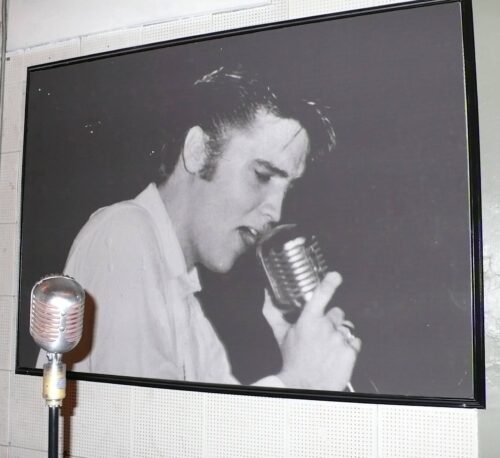
Elvis Makes First Recording
When 18-year-old Elvis Presley walked into Sun Studio for the first time, he was asked who he sounded like. His reply, “I don’t sound like nobody.”
When he sang, “That’s all right, momma,” listeners agreed. Sun Studio became known as the birthplace of rock ‘n’ roll.
On July 5, 1954, Presley recorded his first single, “That’s All Right.” Sun Studio has changed little through the years. It has the same acoustic ceiling, the original lights, and the old floor that so many legends once trod.
Elvis, Jerry Lee Lewis, B.B. King, Rufus Thomas, Howlin’ Wolf, Johnny Cash, Charlie Rich, Conway Twitty, Carl Perkins, and Roy Orbison, among others.
Radio engineer Sam Phillips started the Sun Label in 1952 and shared his tiny office with his secretary Marion Keisker. Legend has it that Marion is the one who was working when a young Elvis plopped down $4 to make his first recording.
On a hot summer day in 1953, a shy Elvis stopped by the studio to make a recording of “My Happiness.” Local lore says the recording was intended as a birthday present for his mother. More likely, tour guide Daniel says, the teen was hoping to be discovered. He was yearning for stardom.
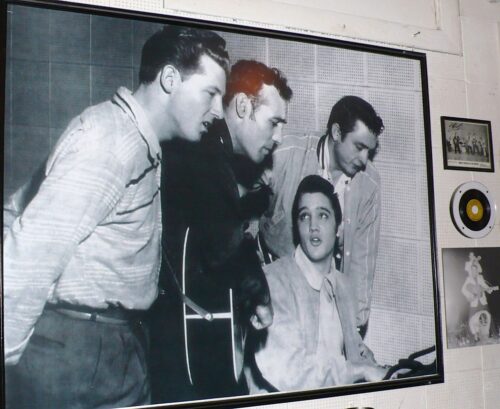
And that’s exactly what he found — more than anyone could ever dream.
Marion Keisker Hears Talent in Elvis
At the time, Elvis was delivering electrical appliances for Crown Electric. “He probably stopped by here while he was out delivering or maybe after work,” Daniel says. “Crown Electric was less than a mile from here so it was easy for Elvis to come by.”
However, Sun Studio owner Sam Phillips was not thrilled by what he heard on Elvis’ recording. It took urging from Marion for Sam to even take a chance on recording Elvis for a new sound Sam was seeking.
“Truth be told, it was Marion Keisker who first recorded Elvis. And it was Marion Keisker who discovered Elvis,” Daniel says.
As the story goes, Sam relented and had Elvis in for a recording session. But it didn’t go well. Sam was about to give Elvis the bad news that the young singer just didn’t have it.
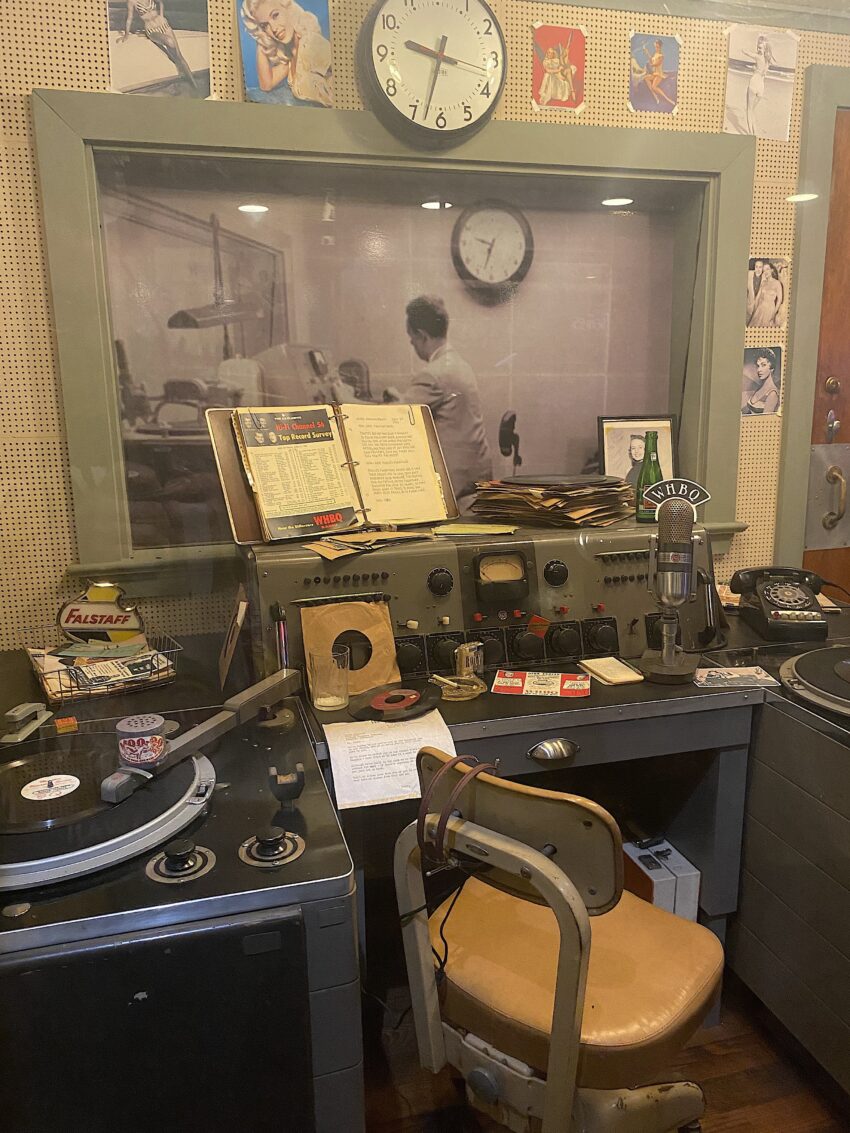
First, Sam took a break. That’s when Elvis and fellow musicians, Bill Black and Scotty Moore, started messing around, bouncing music off the Sun Studio walls.
The result was pure gold. And Sam Phillips recognized it.
Sun: Still a Recording Studio
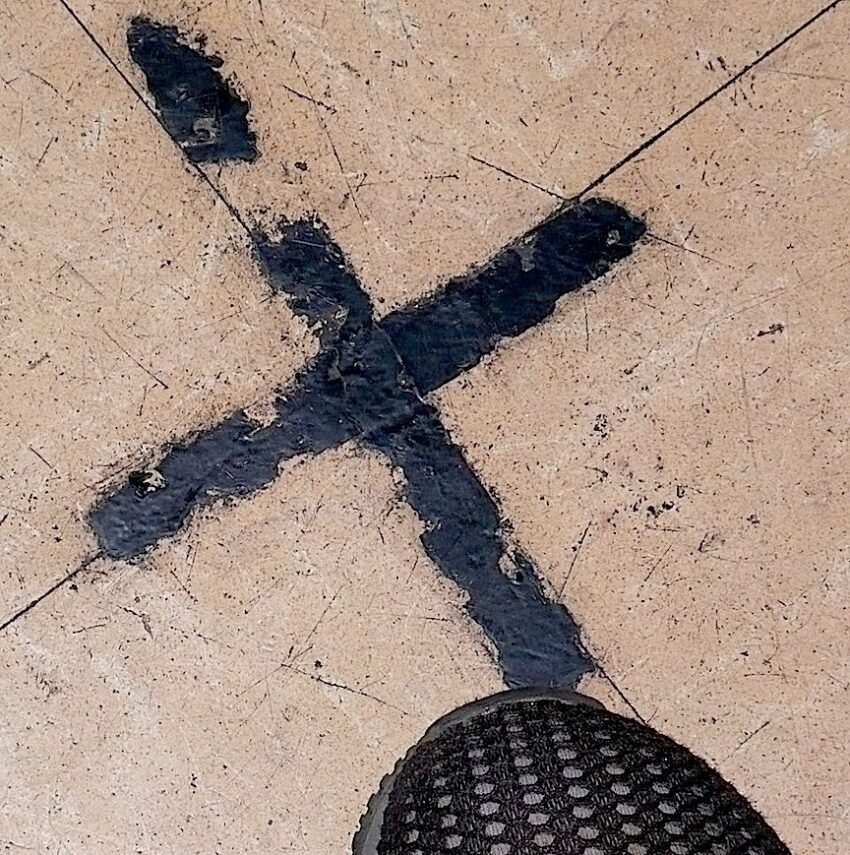 Without Sun Studio, would Elvis have made that first recording? Would someone have noticed his talent and given him a chance?
Without Sun Studio, would Elvis have made that first recording? Would someone have noticed his talent and given him a chance?
“Who knows?” Daniel answers. “If Marion hadn’t kept encouraging Sam to listen. If Elvis and the musicians hadn’t begun playing around when they weren’t being recorded. If Sam hadn’t realized what he heard in young Elvis.”
The result was magic. Even today, when Daniel plays that early recording, it’s easy to understand why musicians still record in the historic studio – U2, Def Leppard, John Mellencamp, Chris Isaak – and why people still flock to Sun Studio, take the tours, and pose
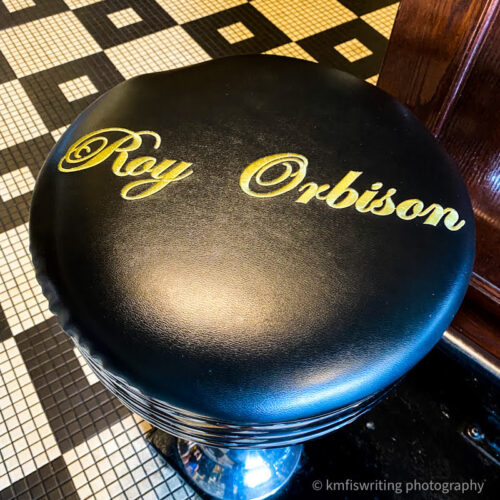
for cellphone photos clutching an old-timey Elvis microphone in tiny Sun Studio.
When Bob Dylan visited the studio, it is said he knelt and kissed the X mark on the floor where Elvis stood to record.
“History was made here,” Daniel concludes. “When you stand on this floor, you stand on sacred ground.”
For more information: contact Sun Studio at (800) 441-6249, www.SunStudio.com or Memphis Tourism at (800) 441-6249, www.memphistravel.com
800 – 441-6249
- American Melody Cruise: Perfect! - January 29, 2024
- Spanish Museums Honor Picasso on 50th Anniversary - December 19, 2023
- Riverboat Tour on the New Viva Two - October 16, 2023



